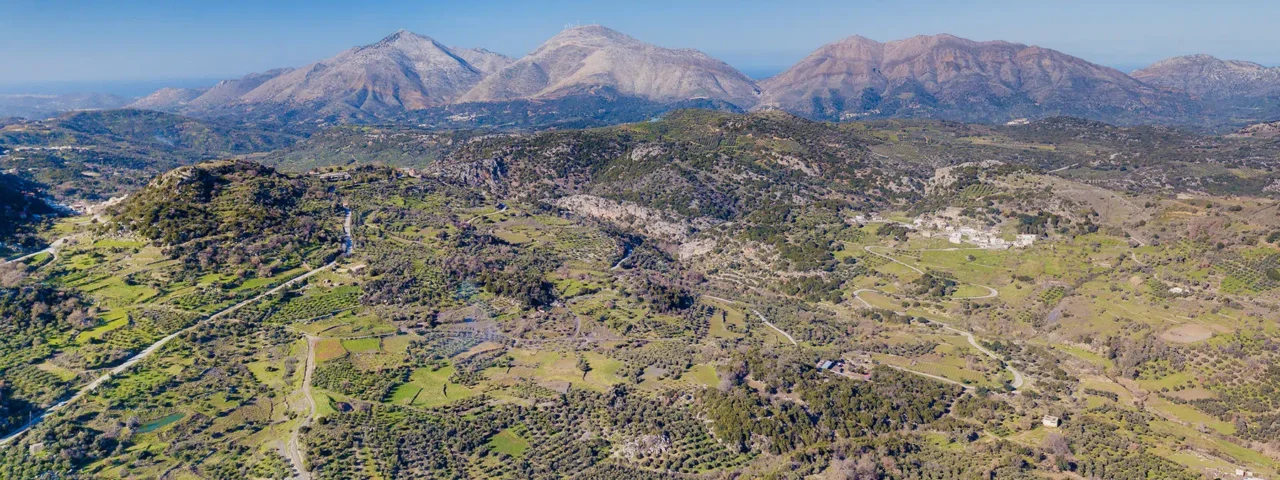
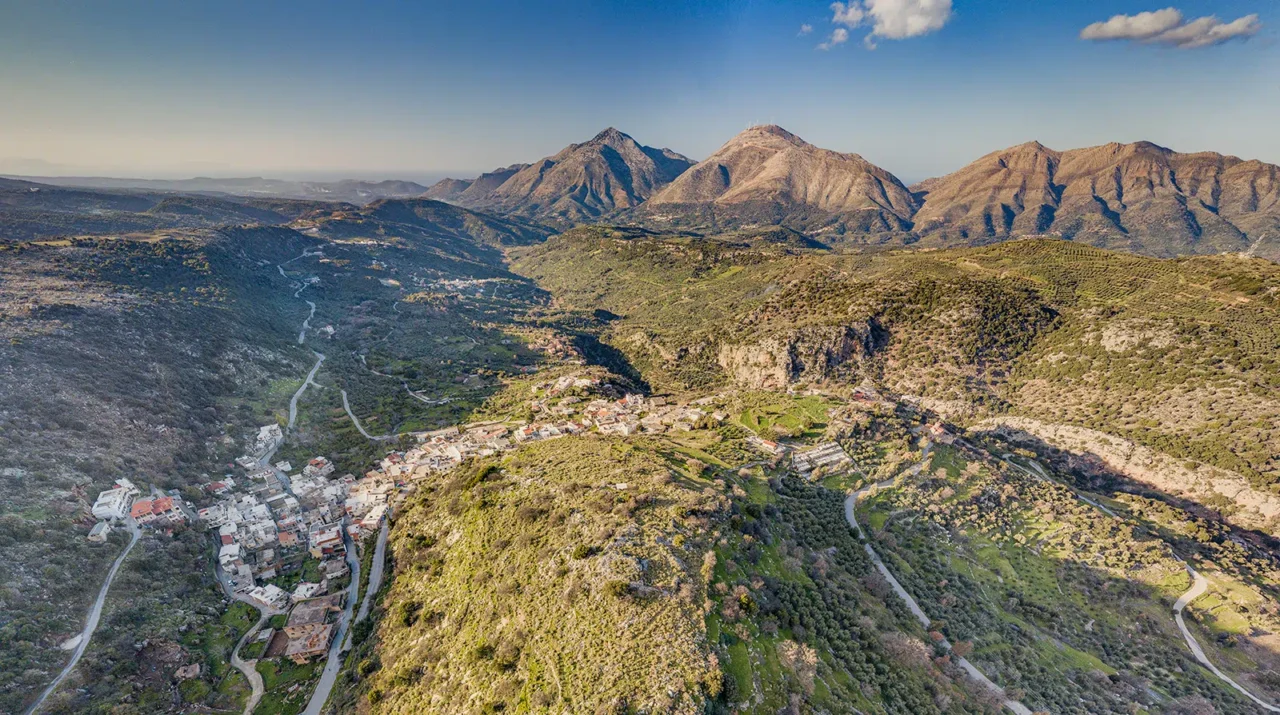
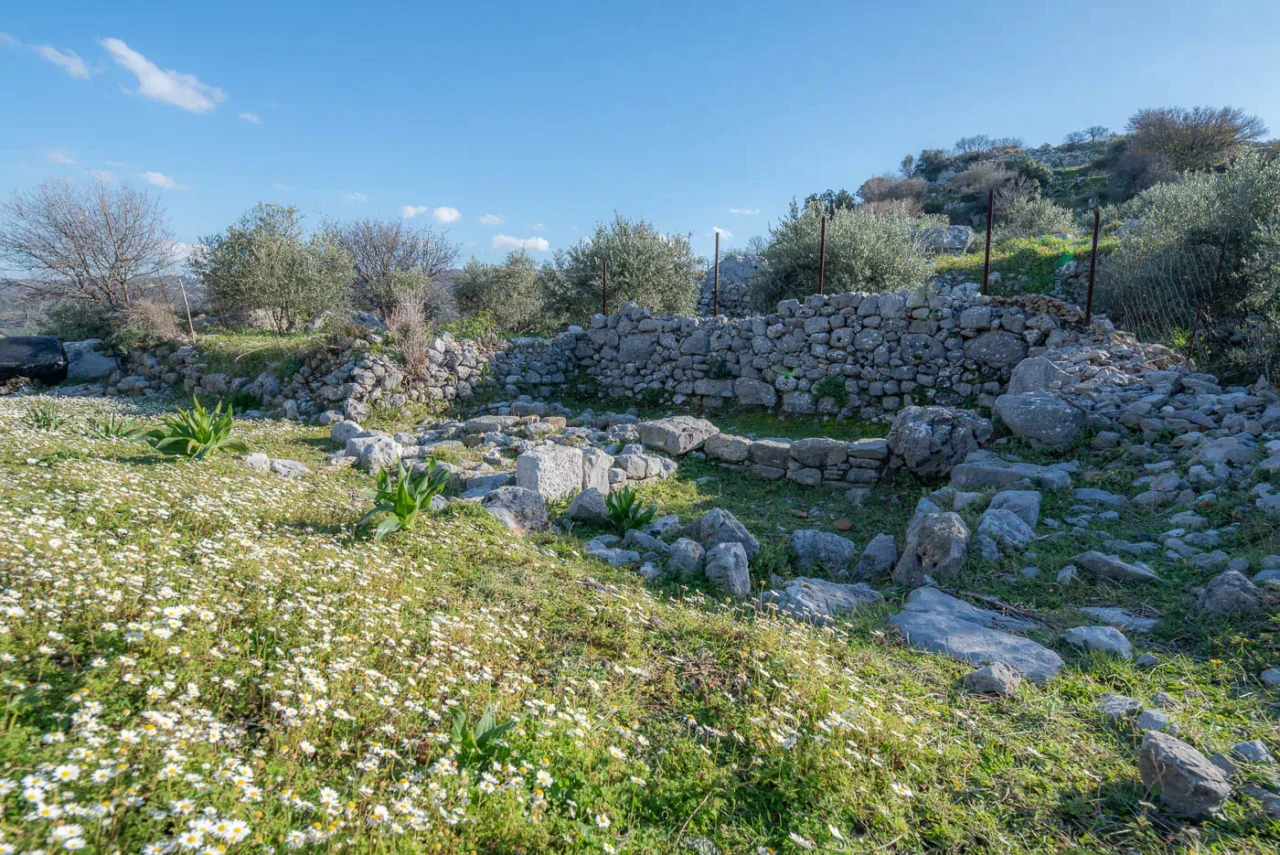
Axos is a village and the seat of its namesake community in the Mylopotamos Municipality, located in the Rethymno regional unit of Crete, Greece. It sits on the northern slopes of Psiloritis, at an elevation of approximately 500 meters, offering a panoramic view of the valley between Psiloritis and the Talea Mountains (Kouloukonas). The village is 46 kilometers northeast of Rethymno, 48 kilometers west of Heraklion, and 20 kilometers northeast of Perama (the municipal seat). According to the 2011 census, Axos has a population of 385.
History
In ancient times, the Dorian city of Oaxos, one of the most important cities in ancient Crete, was located near present-day Axos. The city continued to prosper during the Byzantine era, when it served as the seat of a bishopric. Oaxos flourished from the Late Minoan and Geometric periods. Remains from ancient times include the Acropolis, parts of which are visible on the hilltop, the Temple of Aphrodite, tholos tombs, and sections of the ancient walls. Of the 46 churches from the Byzantine era, nine remain today, some with frescoes and others with mosaics. The area has been designated an archaeological and historical site since 1965.
The village’s name is derived from Oaxos, the grandson of Minos. According to tradition, the ancient city was destroyed by the Venetians, and its inhabitants relocated a few kilometers east to establish Anogia. Axos is mentioned in a Venetian document from 1391 as “Axio,” and Francesco Barozzi refers to it as “Axo” in 1577. The Kastrofylakas census of 1583 lists it as “Axò” with 566 inhabitants. In 1881, it had 312 inhabitants, all Christians, and in 1900, it was reported to have 332 inhabitants. Today, Axos is a destination for agritourism and visitors to the ancient city of Oaxos.
Landmarks
Nine churches from the Byzantine era still stand in Axos today. In the village center is the 15th-century Church of Archangel Michael, a two-aisled basilica currently in ruins. In front of the church is a medieval fountain that remains functional to this day. Near the main road are the ruins of Agia Paraskevi, a three-aisled basilica from the 12th century. The Church of Agia Eirini, a 14th-15th century cross-in-square church with a dome, is also located within the village. Its doors and windows feature engravings. Near the cemetery is the Church of Agios Ioannis, with well-preserved frescoes and a mosaic, built on the site of an earlier basilica. The village has over 10 springs, the most famous being the one in the center, from which King Etearchos of the 7th century BC is said to have drunk water for good digestion.
Administrative Status
Axos was officially recognized as a settlement in 1925 and initially attached to the Zonianon community. Later that same year, it was detached from Zonianon and designated the seat of its own newly established community. Under the Kallikratis and Kleisthenes I programs, Axos, along with Livada and Chalkidiana, form the Axos community, which belongs to the Kouloukonas municipal unit within the Mylopotamos Municipality. The 2011 census recorded a population of 385 for Axos.
Village Key Points
- Historical References: Ancient city of Oaxos, mentioned in various historical records
- Location: Mylopotamos Municipality, Rethymno regional unit, Crete, Greece
- Historical Significance: Ancient city-state, Byzantine churches and ruins
- Population data over the years:
YearPopulationNotes1583566as Axò1881312Christians19003321928390194050019516191961615197159219816281991599200165420113852021295 - Current Status: Village and seat of the Axos community, a destination for agritourism and those visiting the ancient city of Oaxos.
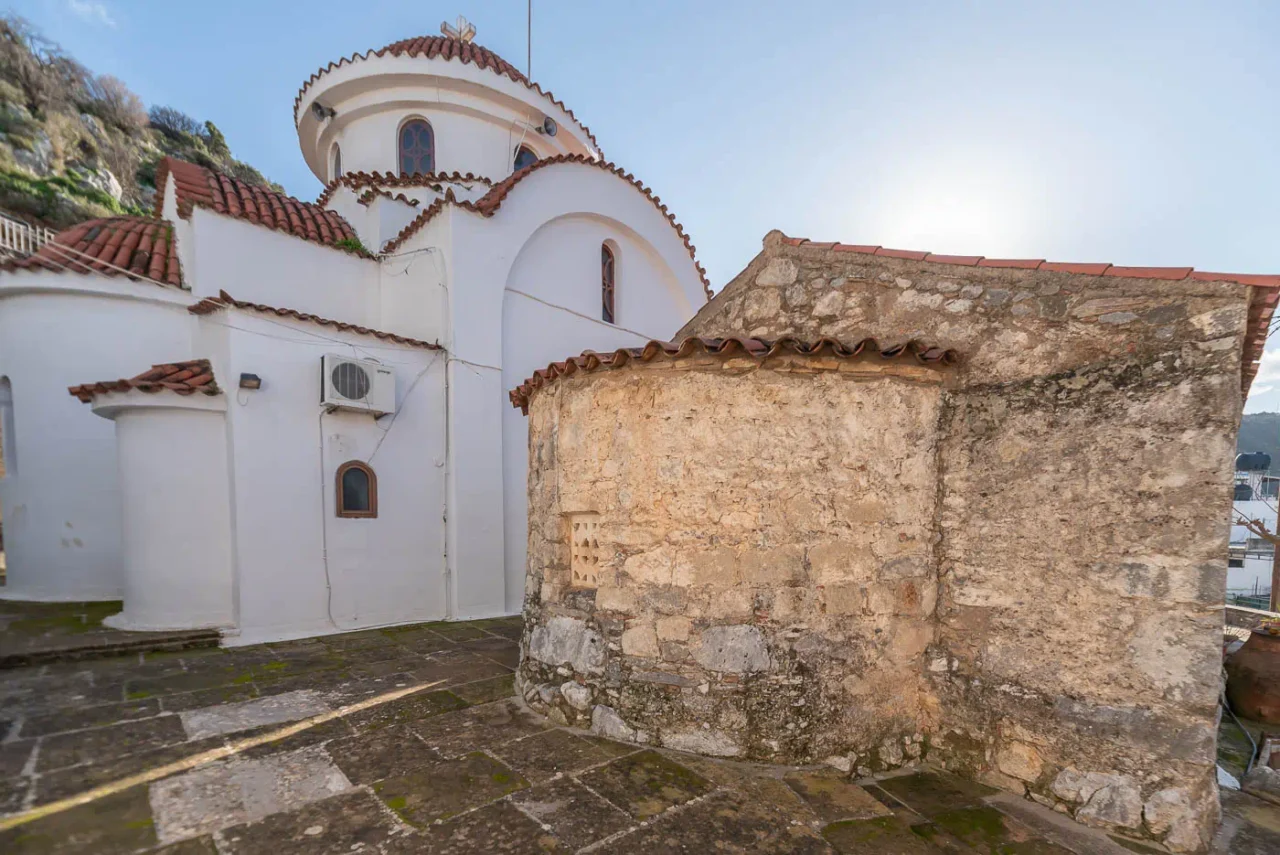
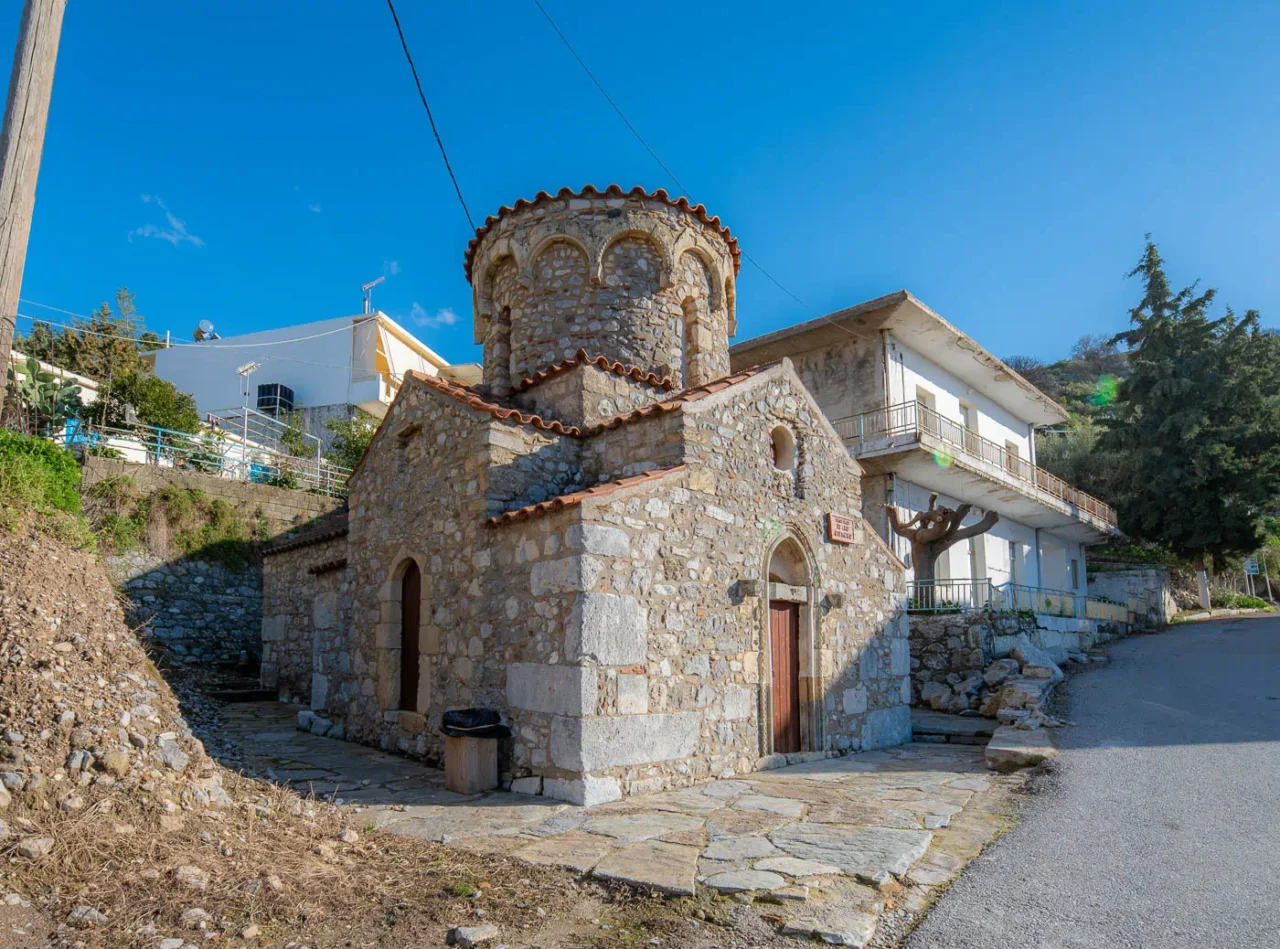
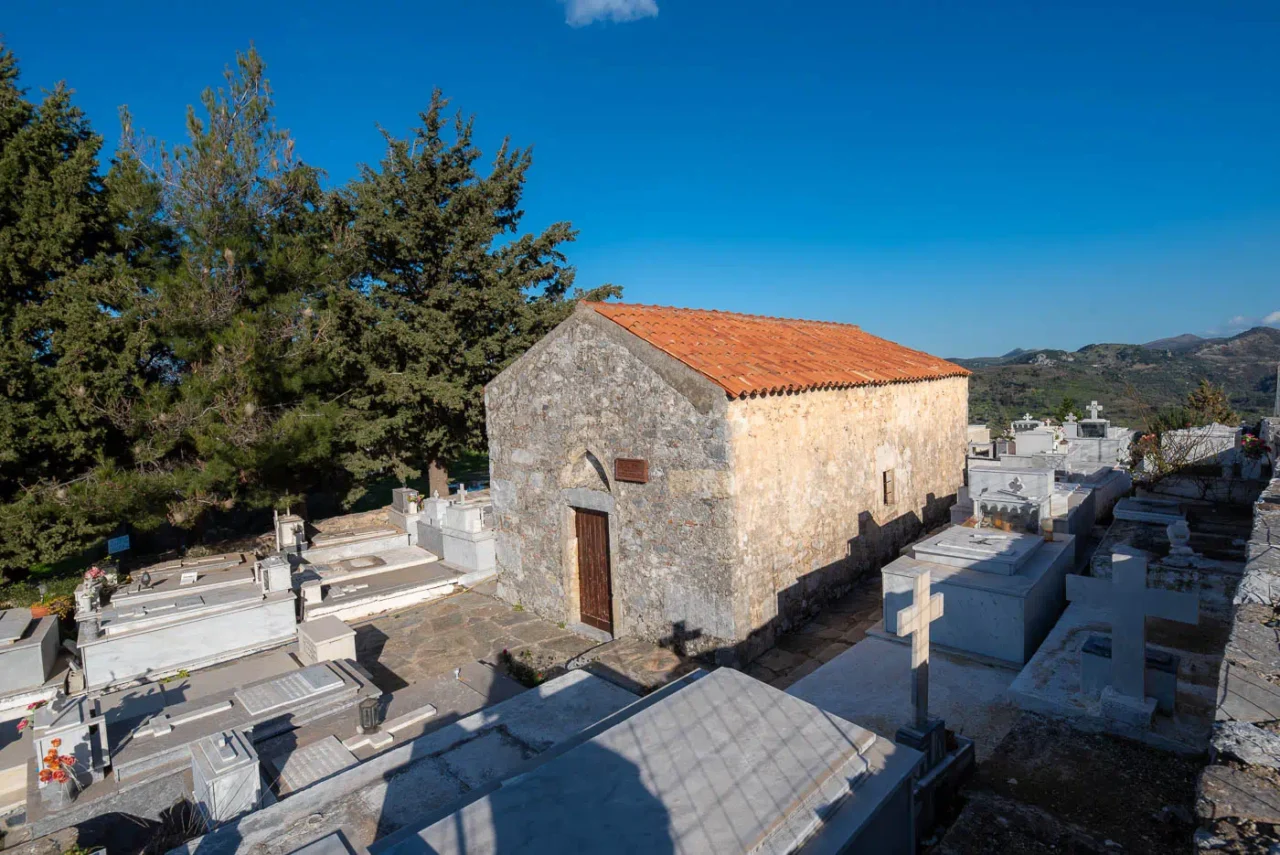
Access
Axos is 4.2 kilometers away from Anogia and 1.9 kilometers away from Zoniana













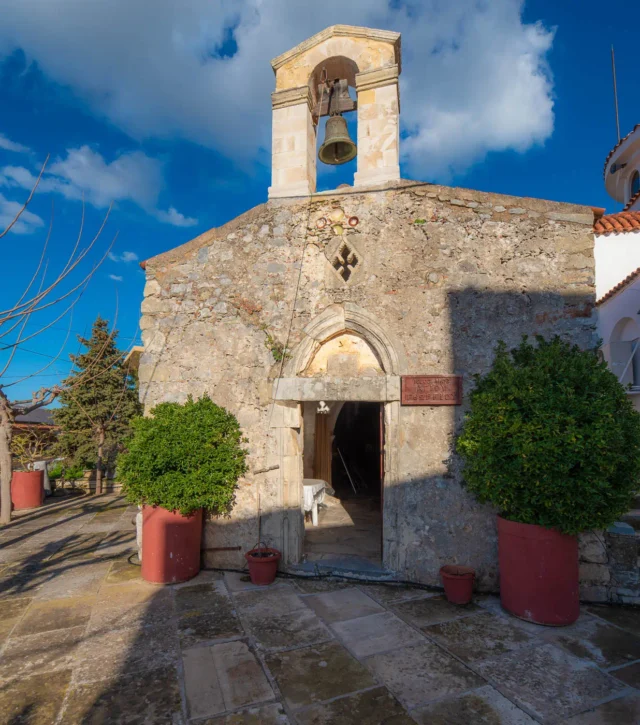

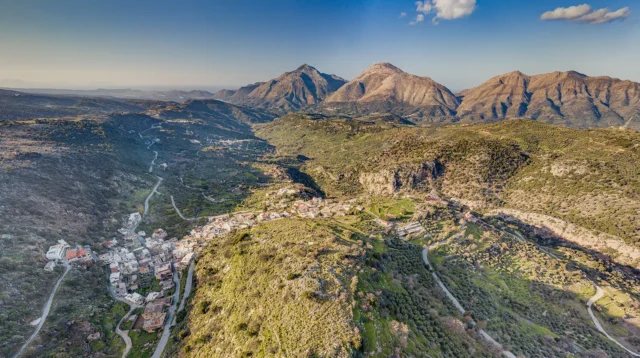
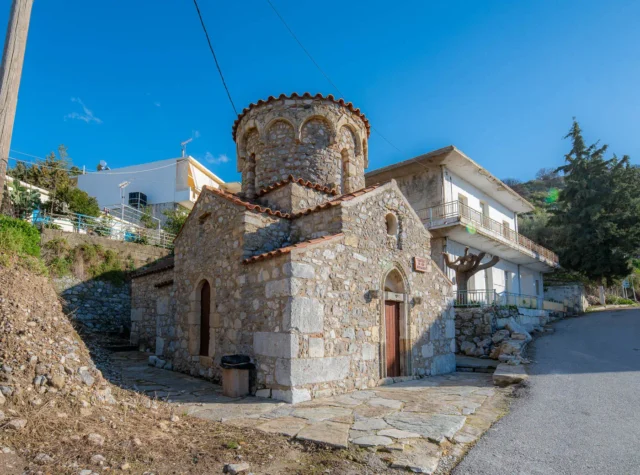
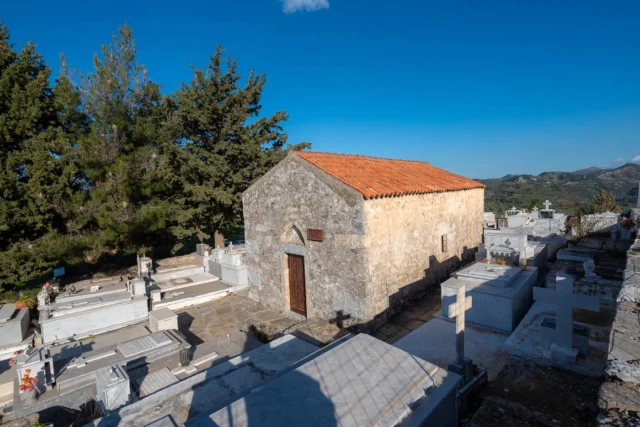



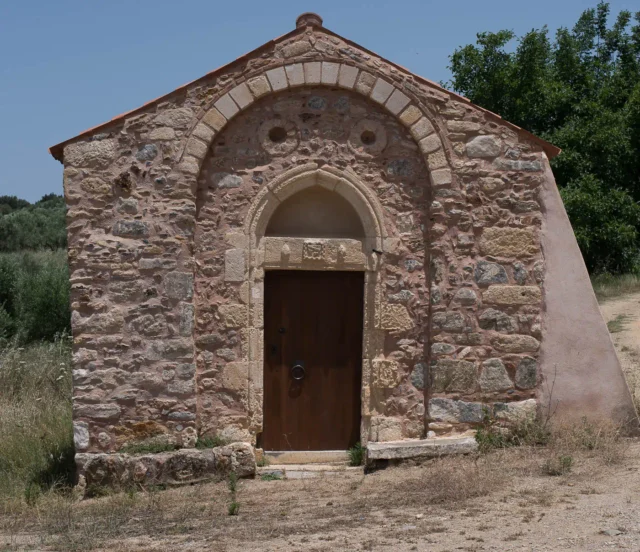

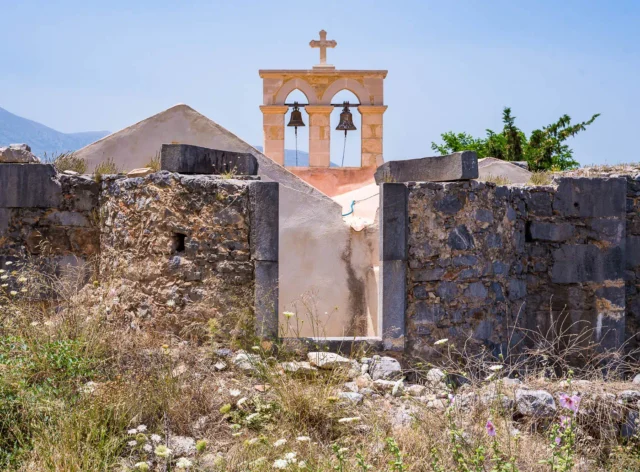
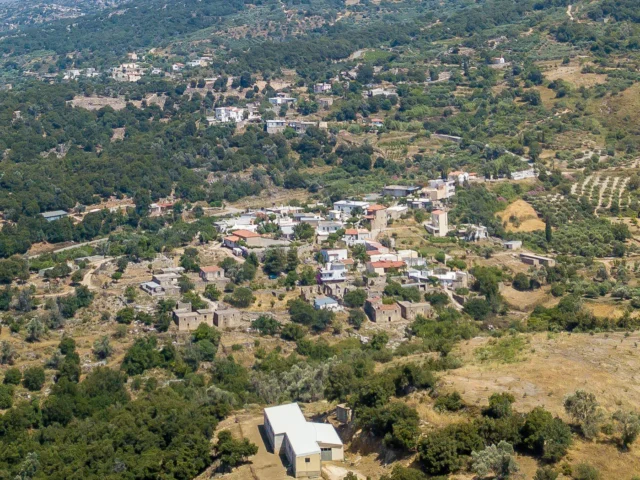


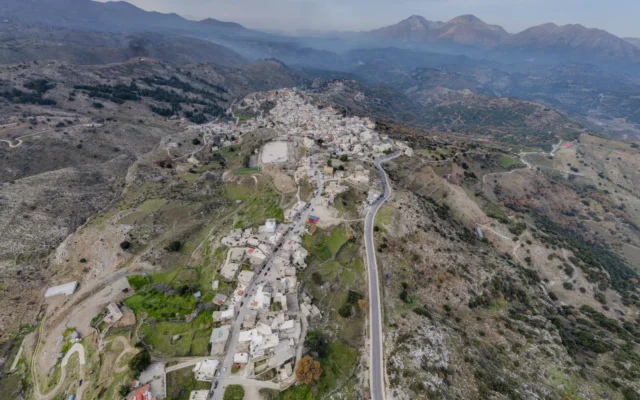
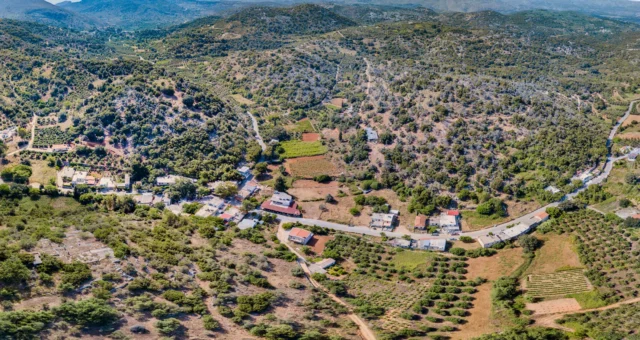

There are no comments yet.